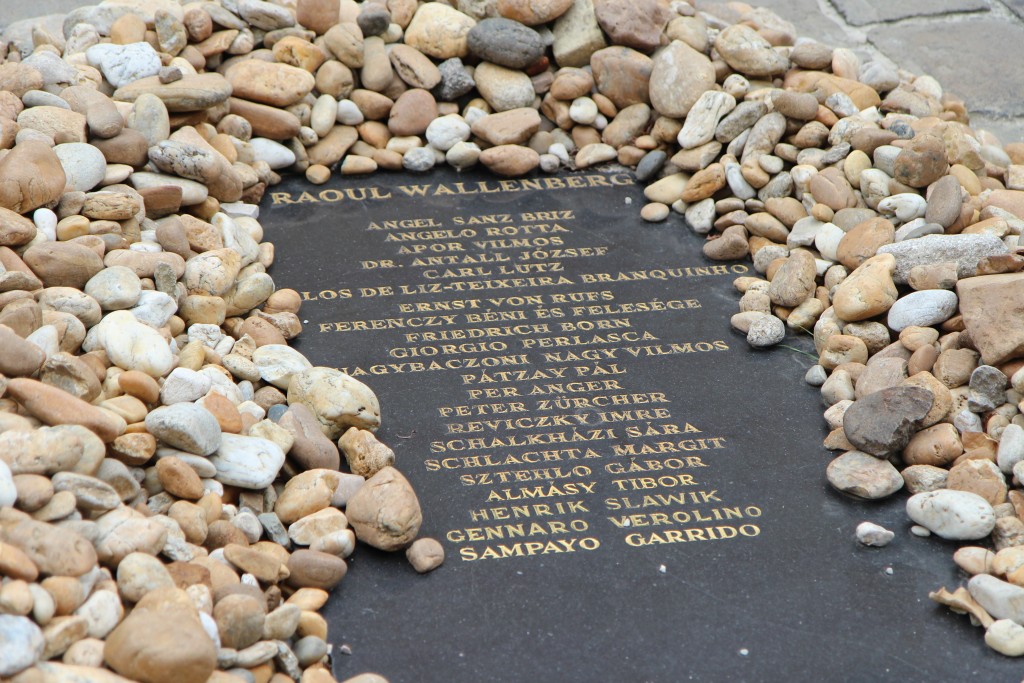by Linda Ryan
The only thing necessary for the triumph of evil is for good people to do nothing. — Edmund Burke
The Great War, known as WWI, was over and the world breathed easier. Things went back to normal in a Downton Abbey-ish kind of way. The rich were mostly still well off, while the working class people continued to work. Those wounded in the war were helped it as much as possible but maimed veterans mostly preferred to stay out of sight. For some, the internal scars of war ravaged the minds of those who had seen too much and experienced too much. It left their dreams in tatters and their rest disturbed. On the continent, it was not much different from Britain and the other Allies, including the United States. It was the “War to end all wars.”
Beginning in 1933, the specter of war began to raise its ugly head once again. Movements against Jews and groups such as homosexuals, those with disabilities and mental defects, and gypsies, among others, began to feel a tightening noose. Yellow stars appeared on clothing, branding the wearer as one of the despised Jews who had, it was said, grown too powerful and were corrupting the towns, villages, and even countries in which they lived. Eventually the final solution of mass extermination was put into place.
The world only gradually learned the word Shoah, a term meaning “destruction,” and what that destruction meant. By the end of the war, over 6 million Jews alone had been exterminated or died, whether from starvation, disease, exposure to the elements, or as the result of torture and inhumane medical experiments. Despite their penchant for accurate records and counts being kept by the Nazis, it is still impossible to give the actual total number of victims of what we have also called the Holocaust.
In the midst of the horror and fear, there were those individuals and small groups who refused to go along with the Nazis and did what they could to save the lives of Jews before they could be rounded up and exterminated. In 1953, years after the war’s end, Israel’s Knesset established a memorial called Yad Vashem, commemorating those who, whether successful or not, tried to save Jews at the risk of mortal danger to themselves and for humanitarian reasons only, not for profit. As of now, there are approximately 19,150 individuals honored as “Righteous Gentiles” although there are many more who tried and failed.
Today we commemorate several of the Righteous Gentiles: Raoul Wallenberg [Swedish, d. 1947] Hiram Bingham IV [d. 1988, American]; Karl Lutz [d. 1975, Swiss]; C. Sujihara [d. 1986, Japanese]; and Andre Trocme [d. 1971, French]. Because of these men, many thousands of souls were saved. Of course, there were others, like Oskar Schindler, who hid Jews in his factory as workers before they could be smuggled out. Miep Gies, and three other employees of Otto Frank saved their employer’s family and others at great risk to themselves. There were many more, some known but to God.
The Righteous Gentiles were an example of what one person, or one small group could do to help others. Whether they were practicing Christians or not, they exemplified not just Christian values but also the commandments of God given to the Jews themselves. As the number of survivors of the Holocaust grows smaller each year, it is important for their stories to be recorded and remembered. Along with those stories, their tales of those who helped them should be remembered as well.
Today the swastikas have begun to appear in larger numbers than at any time since the end of WWII. Jewish cemeteries and synagogues are vandalized, Muslims live in terror, homosexuals are targets of hate crimes, and African American youth are in mortal danger just for being Black. The same rhetoric of hate used by the Nazis is wildly applauded in rallies around the country, and the culture of fear is palpable. It seems we are moving backwards rather than forward when it comes to peace, justice, equality, and respect.
What are we doing to change things, to turn things around? Isn’t the thought of border fences, forced deportations of innocent and legal immigrants because there might be a drug dealer or terrorist among them, assault weapons being carried openly and sometimes used indiscriminately against perceived enemies, and wholesale distrust of police by African Americans and others while the police actively distrust those same groups. Where are the equals of the Righteous Gentiles today?
In Jewish cemeteries, it is customary for those visiting graves to leave a small rock or pebble on the grave. It symbolizes a bond, a remembrance of someone who has left us. Raoul Wallenberg was arrested by the Russians on January 17, 1945. Whether he was executed in Lubyanka Prison, died in captivity, or net some other end, his grave site is unknown. In Budapest, however, there is a memorial to Wallenberg and other Righteous Gentiles, including Carl Lutz. The many stones that surround the memorial express the connection, gratitude, and bond with all those whose names are carved on the stone.
May we live as not just Righteous Gentiles but as people who work to save others, even at risk of our own lives. May we be worthy of many pebbles and stones on our graves, signs that we have done God’s will for God’s children. It’s asking a lot, but then, God never said that it was going to be easy to live that kind of life.
Linda Ryan co-mentors 2 EfM Online groups and keeps the blog Jericho’s Daughter. She lives in the Diocese of Arizona and is proud to be part of the Church of the Nativity in North Scottsdale.
Image: Budapest memorial, public domain via wikimedia commons.

